
Alfred Pellan was an important figure in twentieth-century Canadian painting.
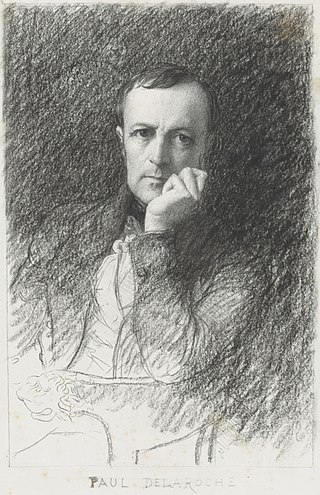
Hippolyte-Paul Delaroche was a French painter who achieved his greater successes painting historical scenes. He became famous in Europe for his melodramatic depictions that often portrayed subjects from English and French history. The emotions emphasised in Delaroche's paintings appeal to Romanticism while the detail of his work along with the deglorified portrayal of historic figures follow the trends of Academicism and Neoclassicism. Delaroche aimed to depict his subjects and history with pragmatic realism. He did not consider popular ideals and norms in his creations, but rather painted all his subjects in the same light whether they were historical figures like Marie-Antoinette, figures of Christianity, or people of his time like Napoleon Bonaparte. Delaroche was a leading pupil of Antoine-Jean Gros and later mentored a number of notable artists such as Thomas Couture, Jean-Léon Gérôme, and Jean-François Millet.

Victor Alexandre Frederic Laloux was a French Beaux-Arts architect and teacher.

The Montreal Museum of Fine Arts is an art museum in Montreal, Quebec, Canada. It is the largest art museum in Canada by gallery space. The museum is located on the historic Golden Square Mile stretch of Sherbrooke Street.

Anne-François-Louis Janmot was a French painter and poet.
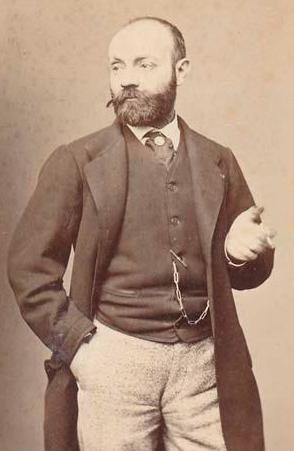
Gustave Clarence Rodolphe Boulanger was a French figurative painter and academic artist and teacher known for his Classical and Orientalist subjects.
Pierre Gauvreau was a Québécois painter and writer who also worked in film and television production.
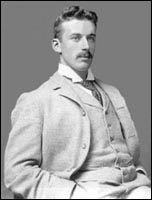
William Brymner, was a Canadian figure and landscape painter and educator. In addition to playing a key role in the development of Impressionism in Canada, Brymner taught numerous artists who became leading figures in Canadian modern art.
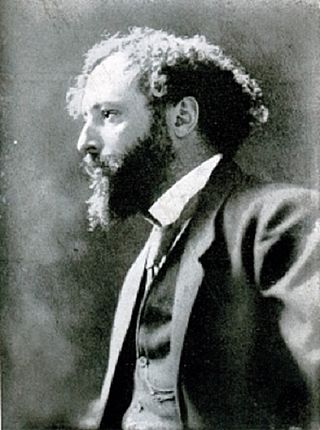
Charles Ignace Adélard Gill was a Canadian artist, specializing in poetry and painting. He also worked under the alternate names of Clairon and Léon Duval.
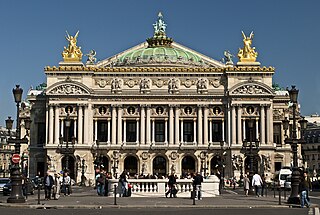
Second Empire style, also known as the Napoleon III style, is a highly eclectic style of architecture and decorative arts, which uses elements of many different historical styles, and also made innovative use of modern materials, such as iron frameworks and glass skylights. It flourished during the reign of Emperor Napoleon III in France (1852–1870) and had an important influence on architecture and decoration in the rest of Europe and North America. Major examples of the style include the Opéra Garnier (1862–1871) in Paris by Charles Garnier, the Bibliothèque nationale de France, the Church of Saint Augustine (1860–1871), and the Philadelphia City Hall (1871–1901). The architectural style was closely connected with Haussmann's renovation of Paris carried out during the Second Empire; the new buildings, such as the Opéra, were intended as the focal points of the new boulevards.

Merry-Joseph Blondel was a French history painter of the Neoclassical school. He was a winner of the prestigious Prix de Rome in 1803. After the salon of 1824, he was bestowed with the rank of Knight in the order of the Legion d'Honneur by Charles X of France and offered a professorship at the École nationale supérieure des Beaux-Arts: a position in which he remained until his death in 1853. In 1832, he was elected to a seat at the Académie des Beaux-Arts in Paris.
Maurice Cullen is considered to be one of the first Impressionist artists in Canada. He is best known for his paintings of snow and for his ice harvest scenes where horse-drawn sleighs travel across the frozen waters of Quebec in the winter.
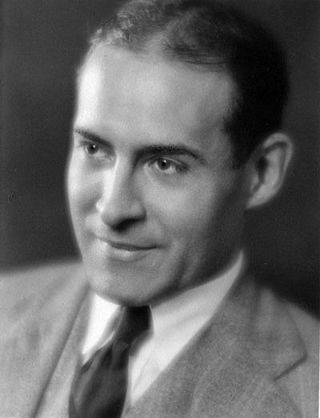
Joseph-Émile Brunet (1893–1977) was a Canadian sculptor based in Quebec. His output includes more than 200 monuments in bronze. Many of his sculptures depict national figures and events in Canada. He was born in Huntingdon, Quebec in 1893. He was educated at archbishop school, the Art Institute of Chicago, and the national superior École des Beaux-Arts of Paris.
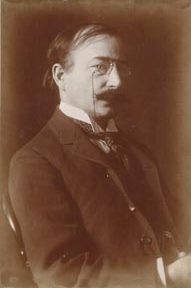
Henri Beau was a French-Canadian Impressionist painter. He is noted for Chemin en été, La dispersion des Acadiens, L'arrivée de Champlain à Québec, and Les Noces de Cana. Beau is a largely forgotten artist due to his long absence from Canada. His widow Marie Beau worked towards establishing his reputation as an artist in Canada after his death. He was only recognized as a notable artist decades later, with major retrospectives of his paintings celebrating his career by the Galerie Bernard Desroches in Montréal in 1974, and at the Musée du Québec in Québec City in 1987.

Georges-Charles Dufresne was a French painter, engraver, sculptor and decorator.
Alice Nolin was a Canadian artist and educator.

Zacharie Charles Landelle was a French painter who specialized in portraits. He is best known for his Orientalist works.
Joseph-Charles Franchère was a painter, illustrator and church decorator in Montreal, Quebec.
Umberto Bruni was a Canadian artist and painter. He served as director of the Académie Internationale des Beaux-Arts du Québec.
Stanley Cosgrove was a Canadian painter, draughtsperson and muralist. His landscapes are praised for their serenity.
















